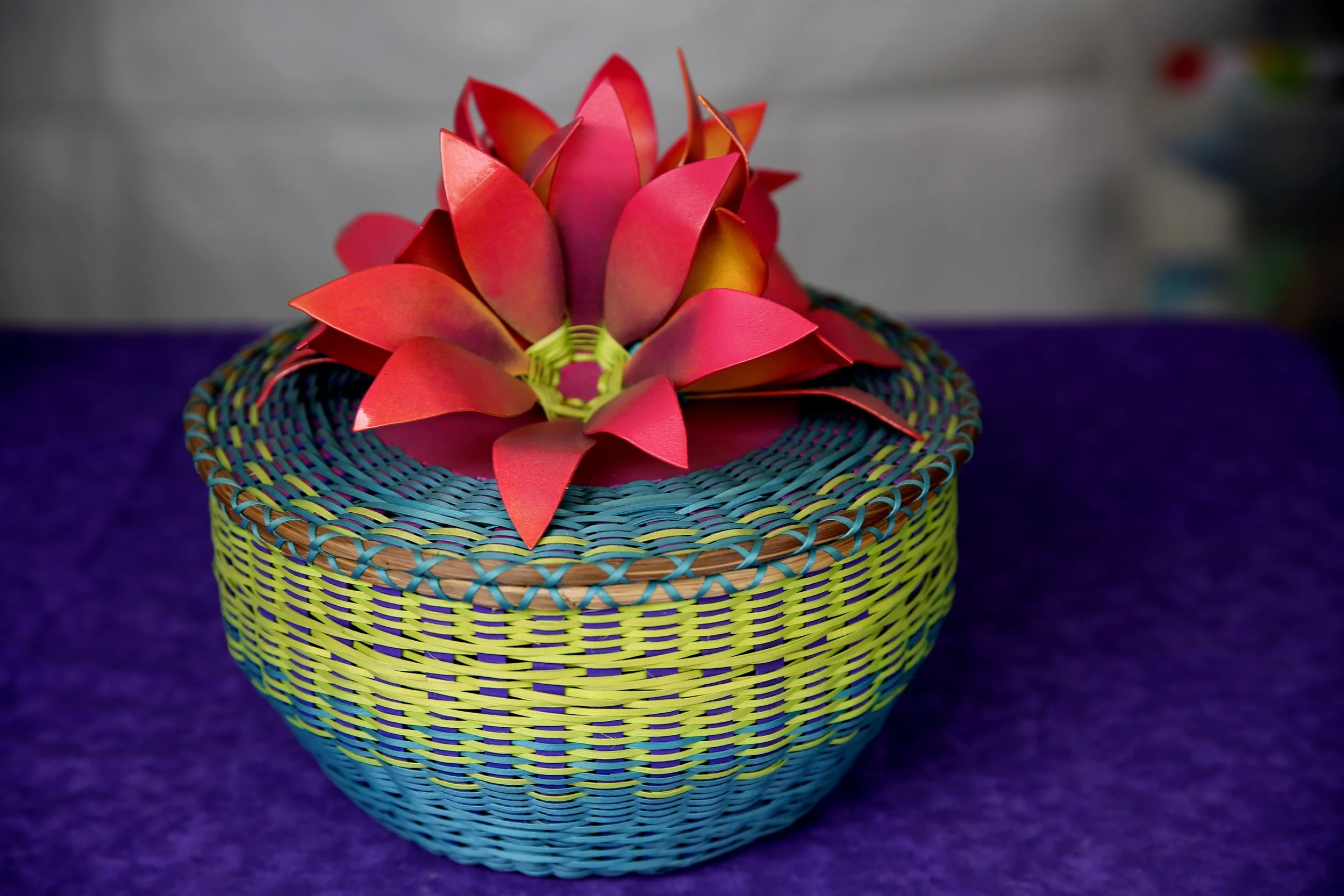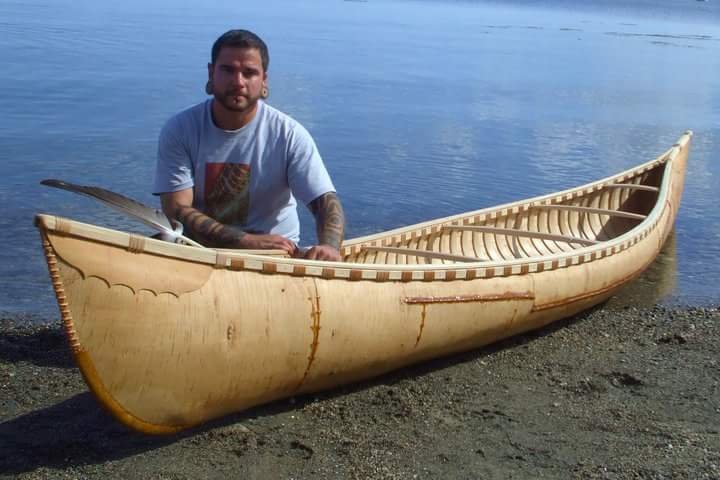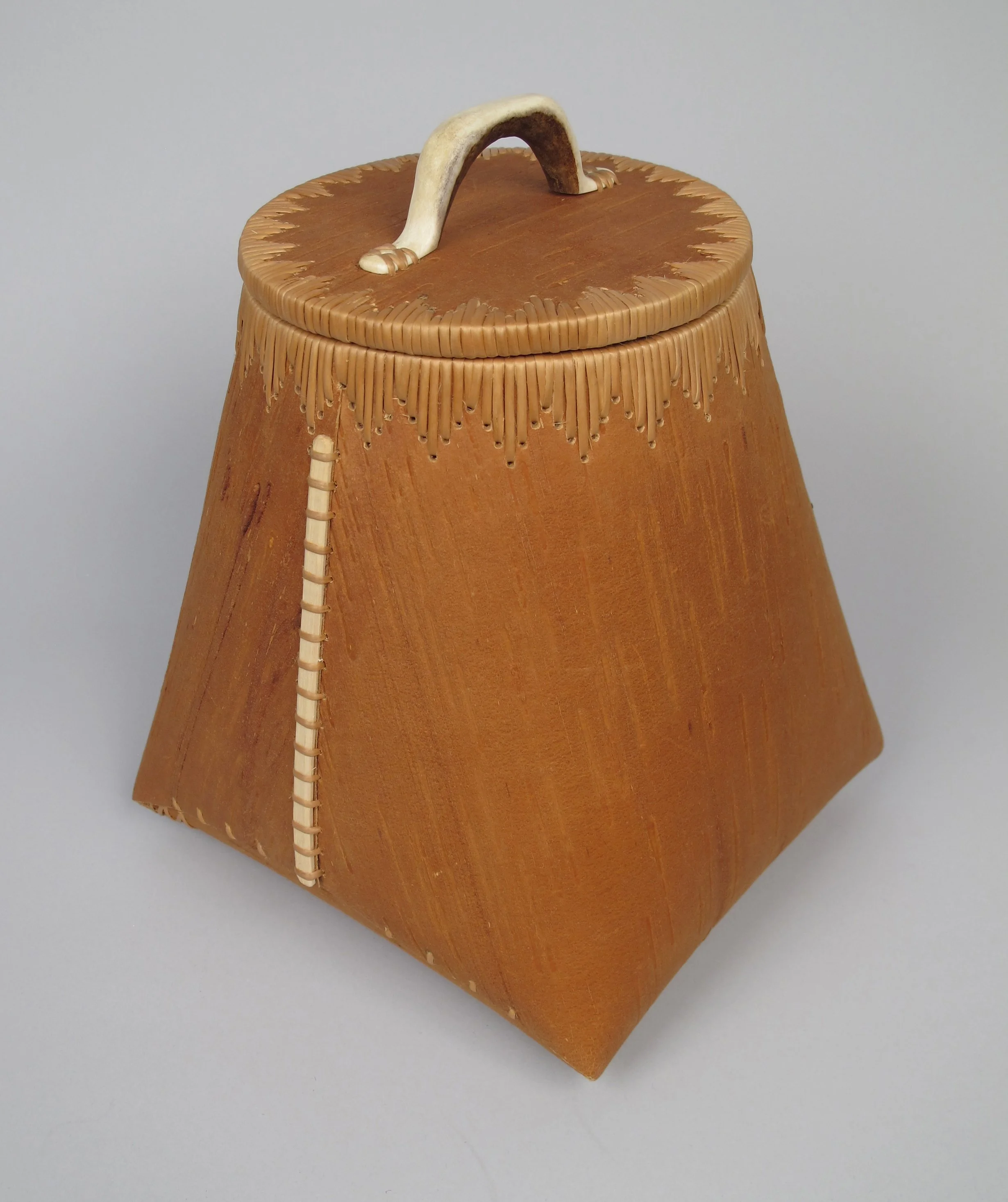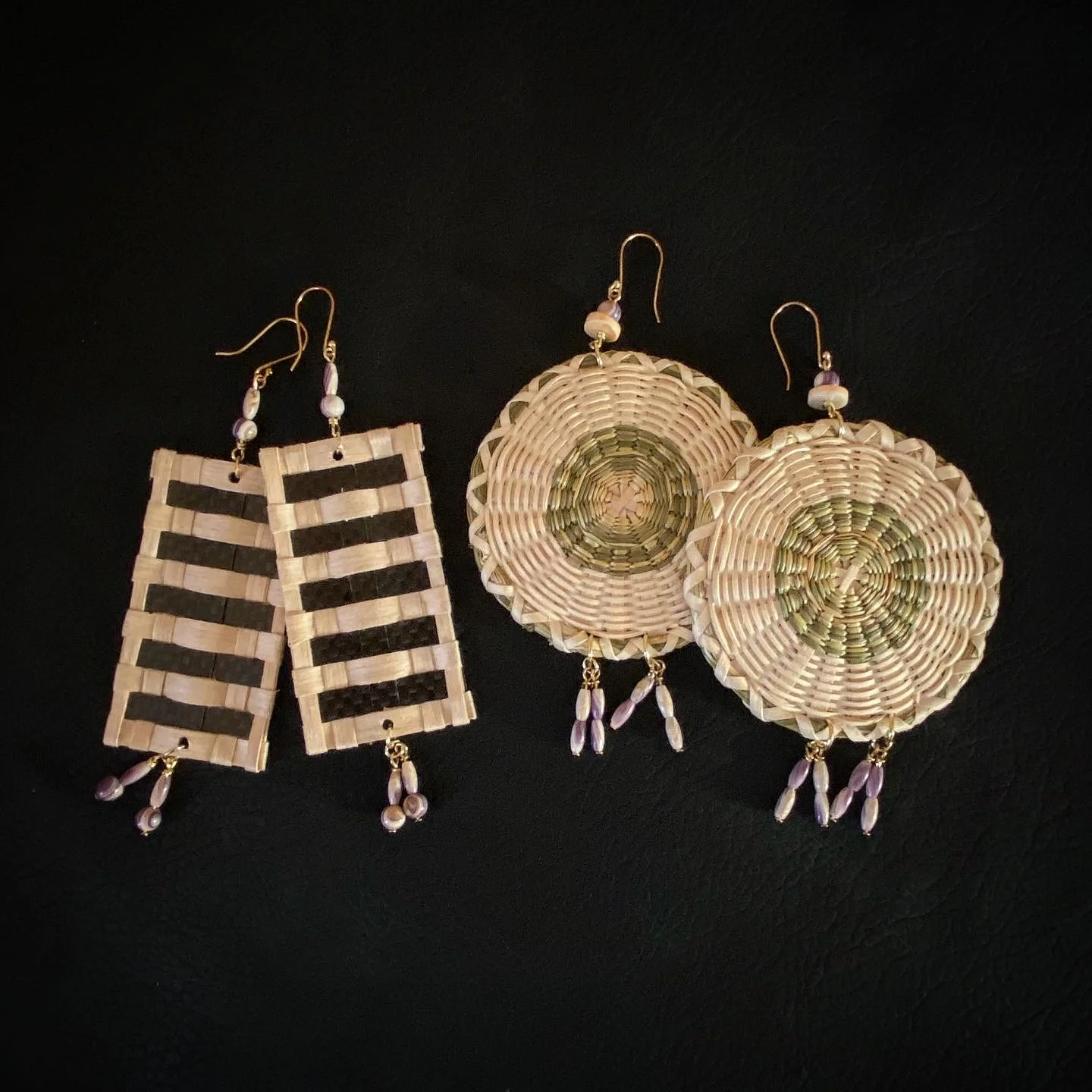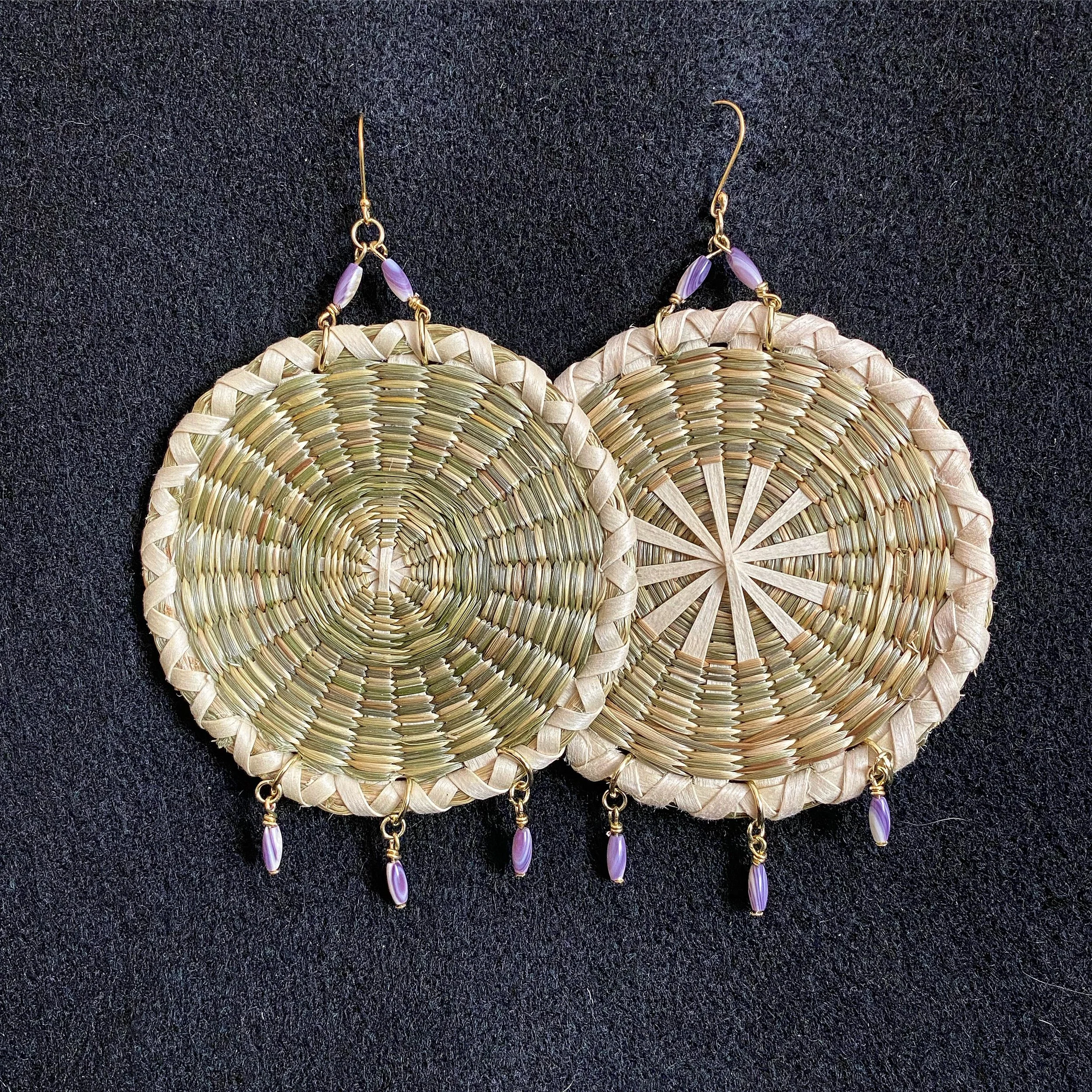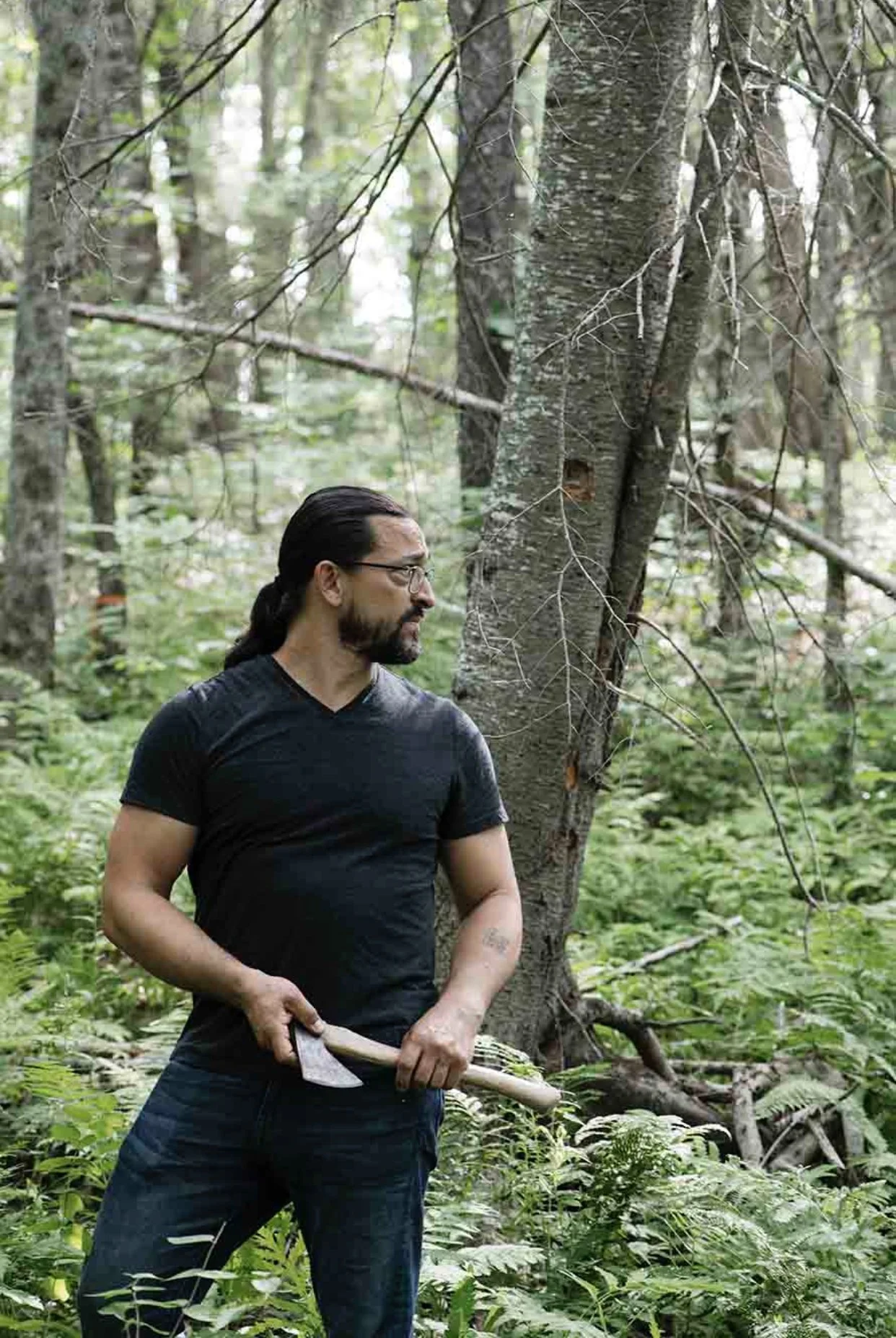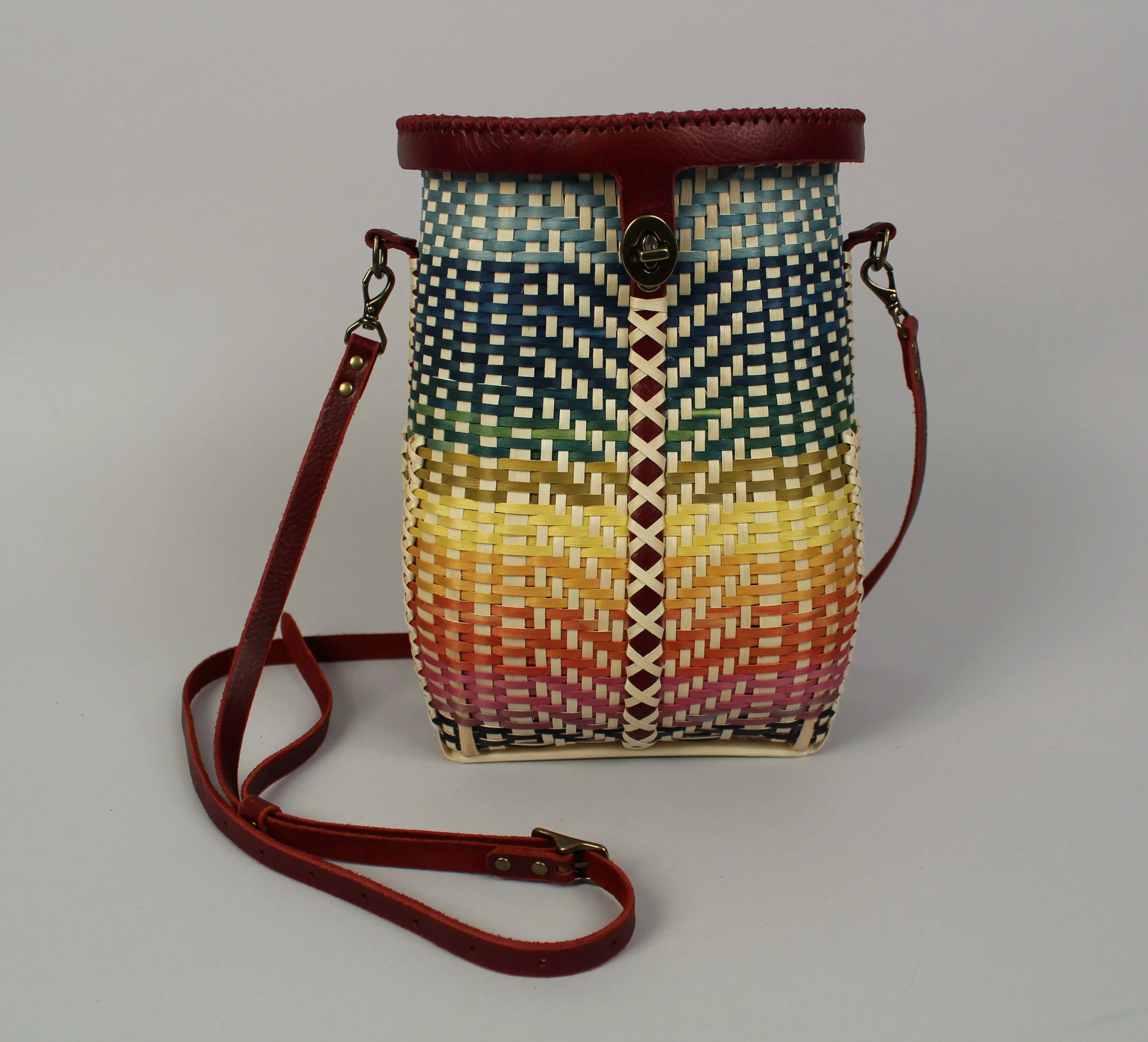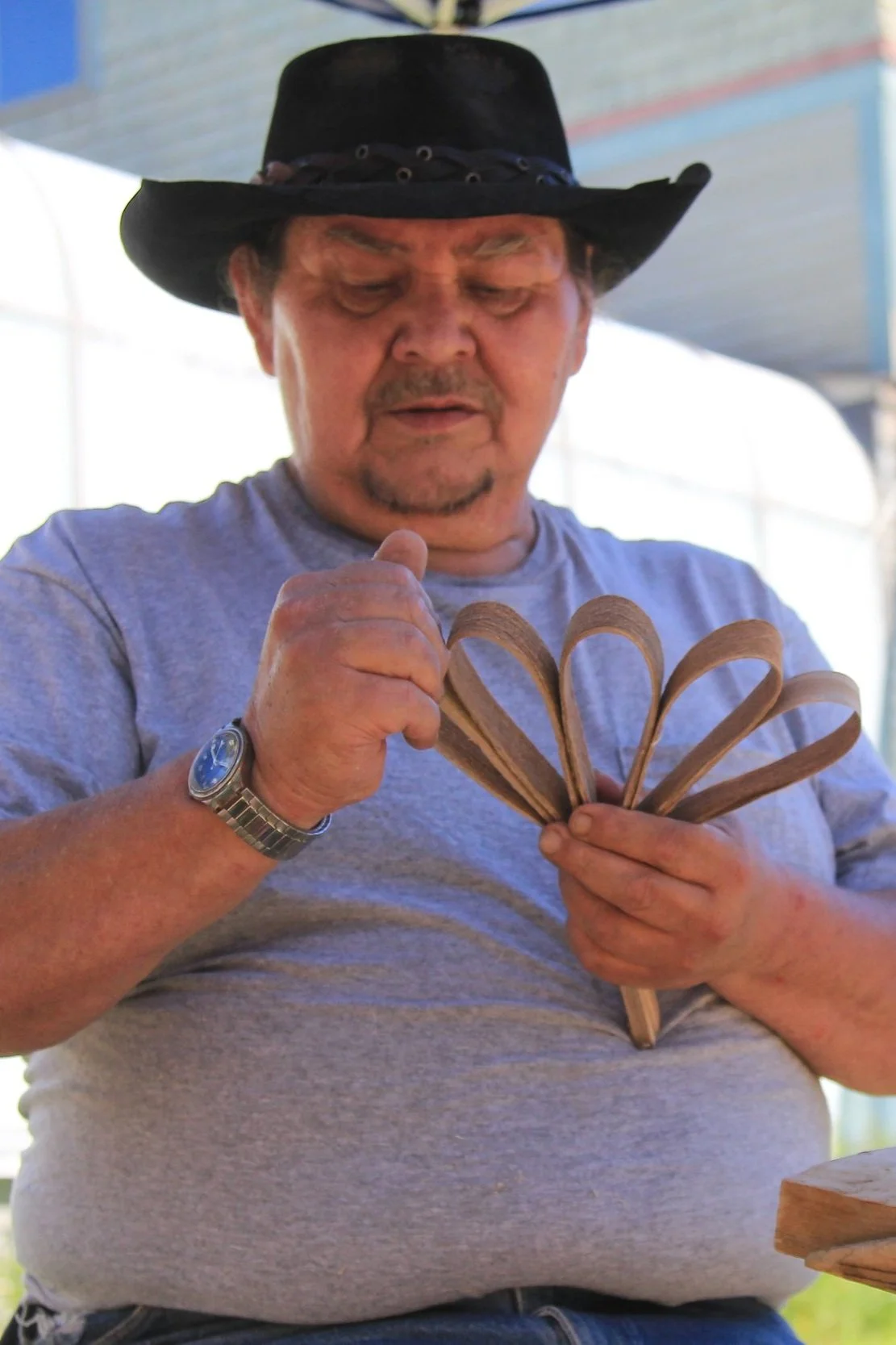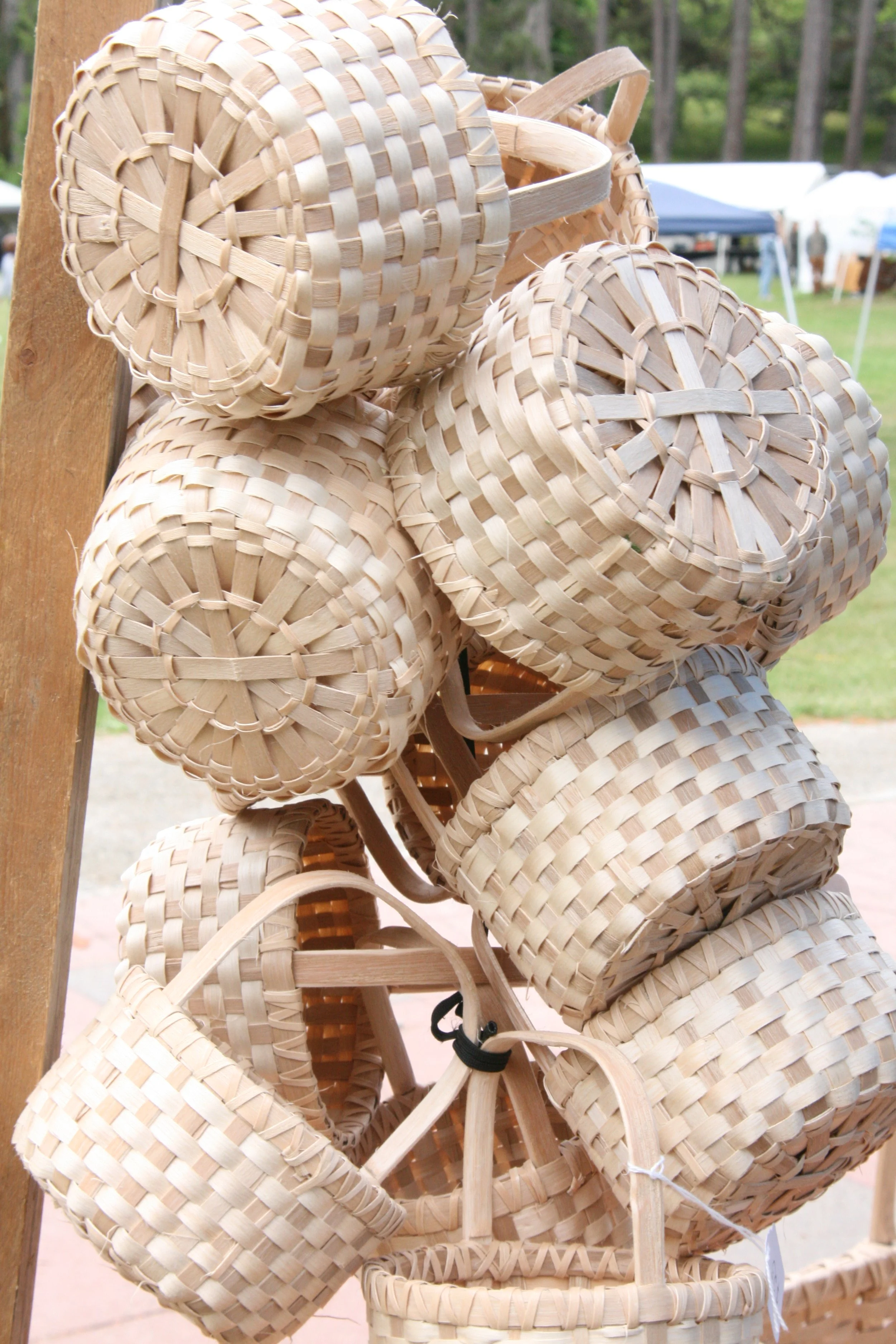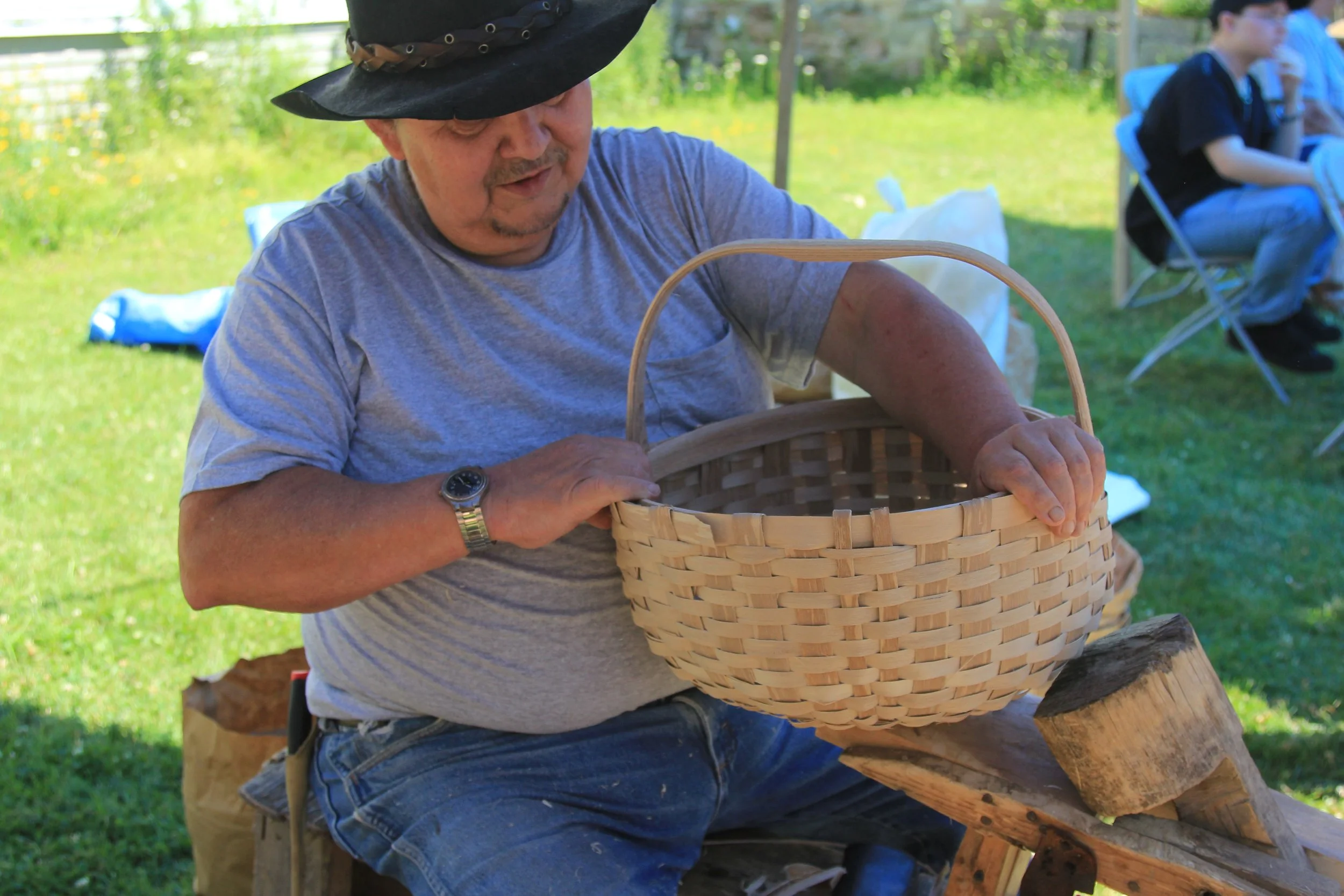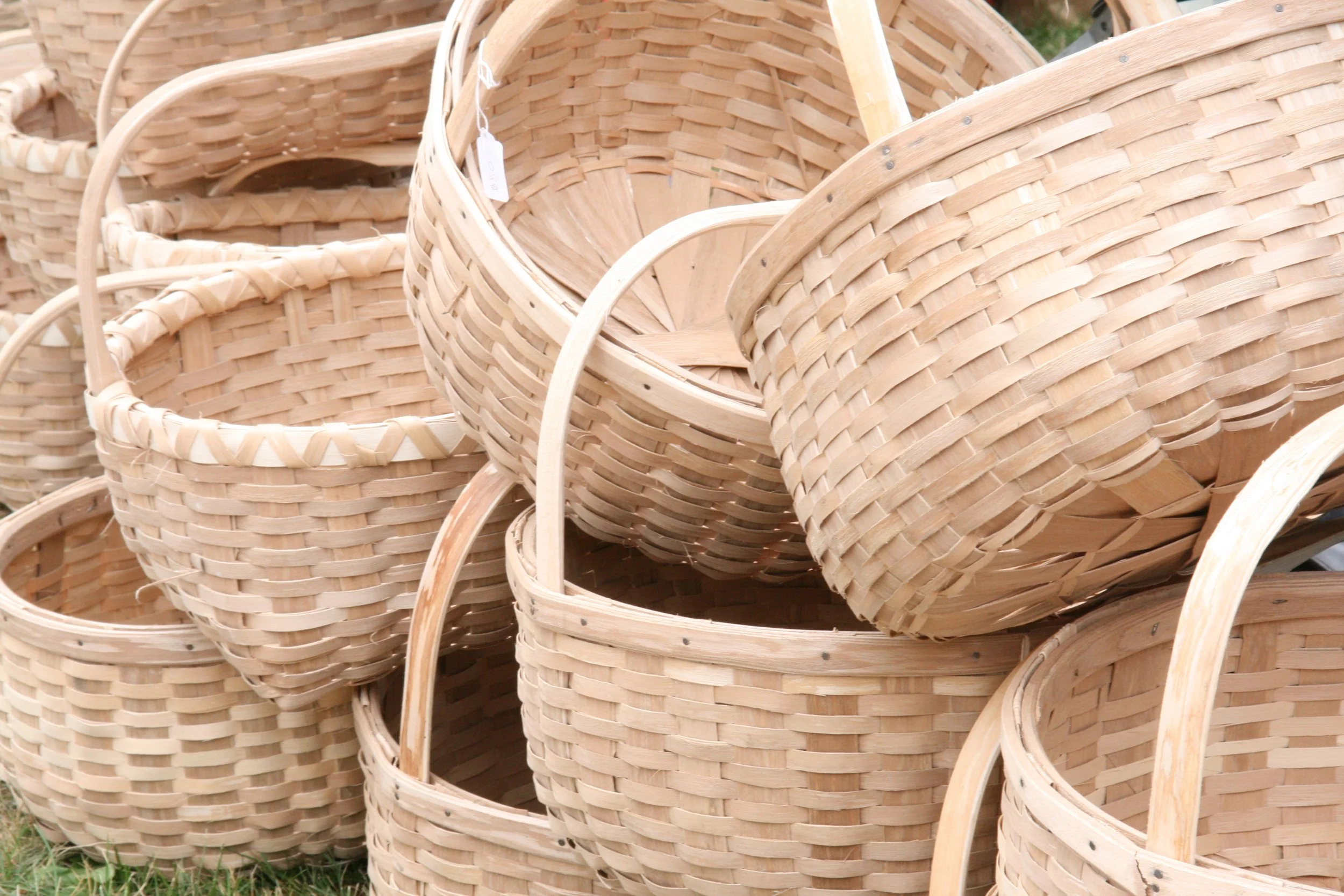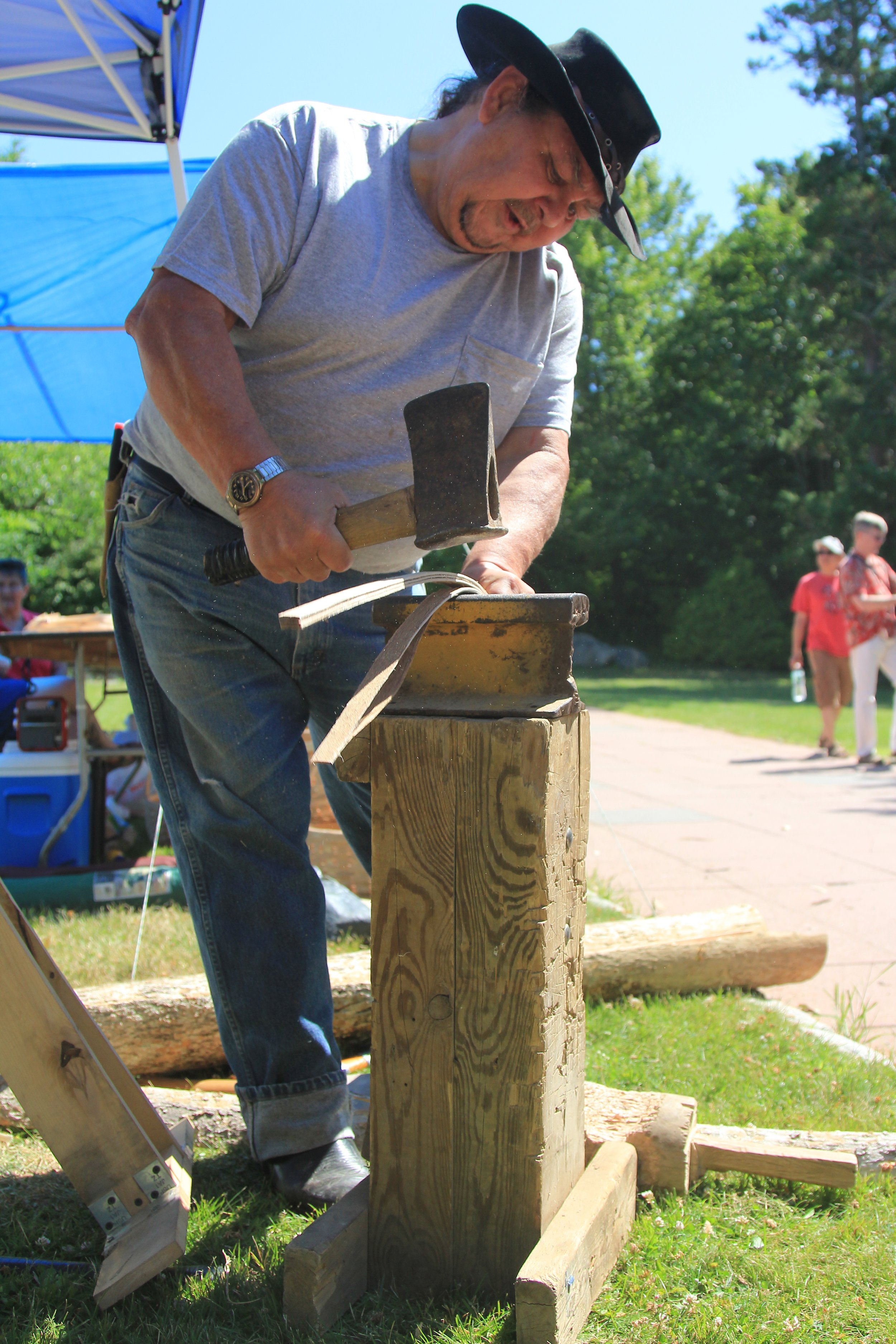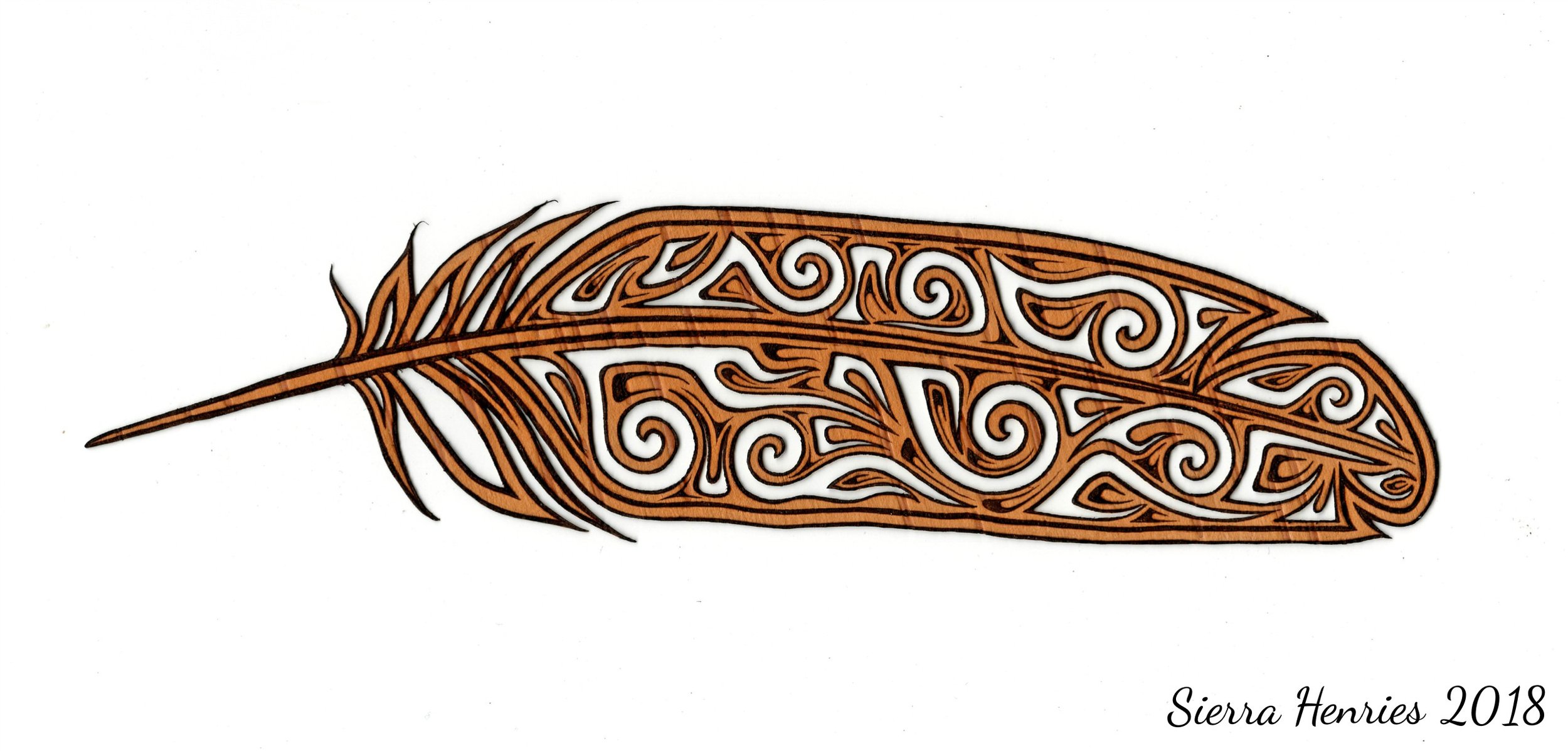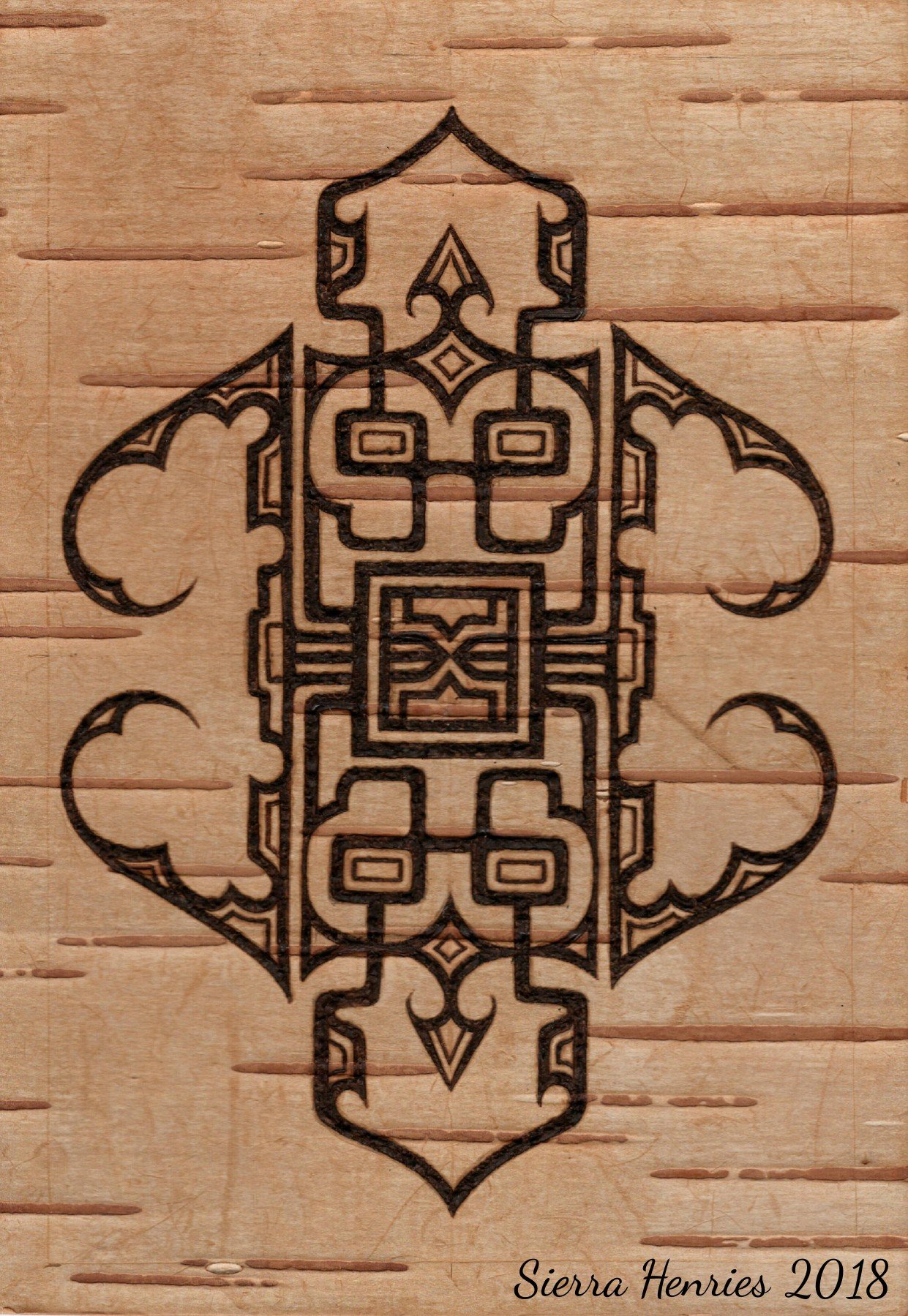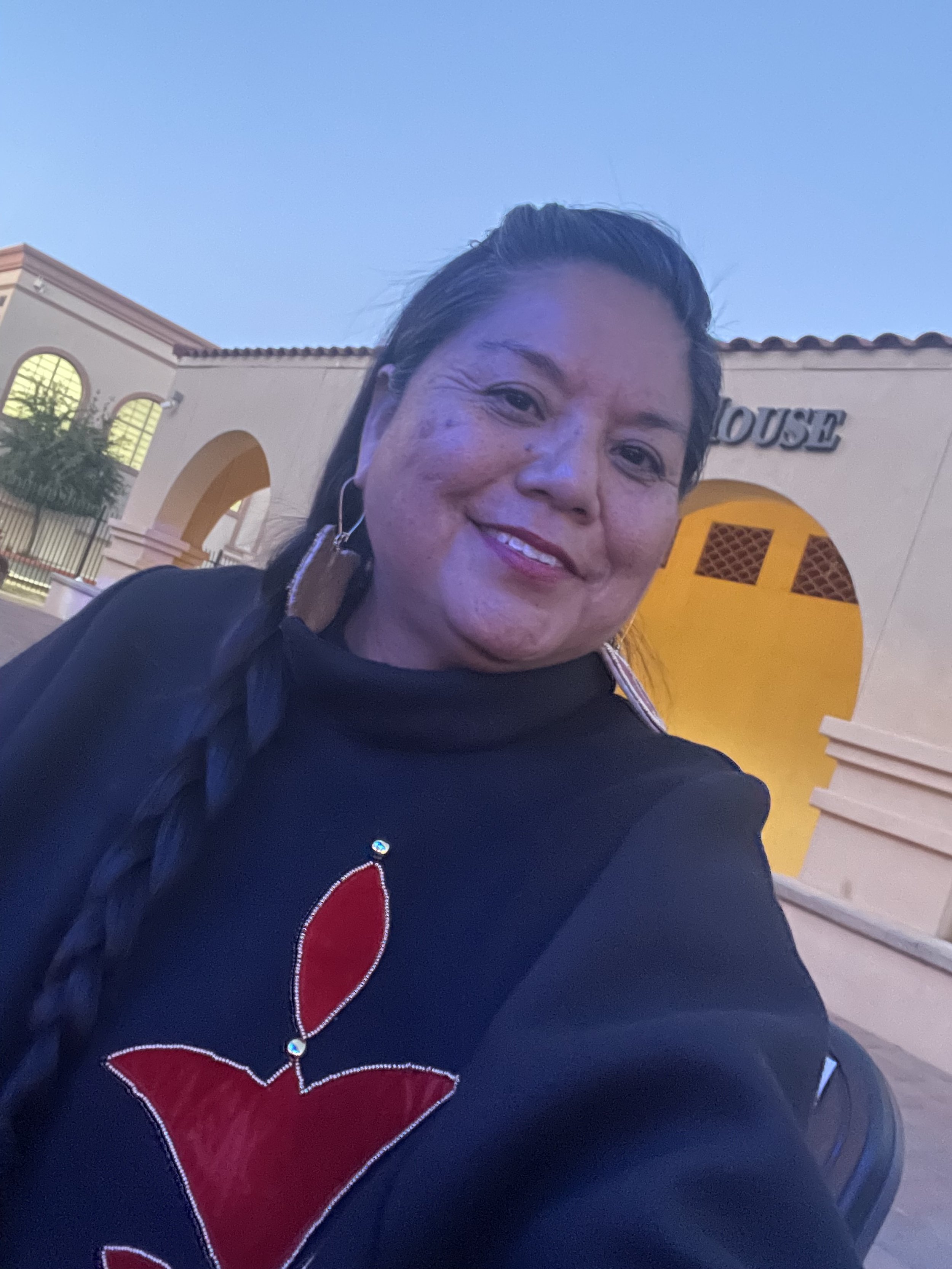JP Arviso
/TRIBAL AFFILIATION: Navajo Nation
MEDIUM: Jewelry
BIOGRAPHY
Born on the Navajo Reservation and raised as a Diné man, JP is of the Red Ochre on the Cheeks clan and born for the Water Flows Together clan. Silversmithing began as a hobby when he was working. During holidays and birthdays, his designs were made for close family and friends. From time to time, he also completed custom commission work. In August of 2017, JP made the transition to silver smithing and gold smithing full-time upon his retirement. The underlying concept for his designs is for the finished work to be practical, wearable and resilient for continual use. All of the gemstones (turquoise, coral, jasper, shell, etc.) used are natural and untreated to follow traditional Navajo jewelry. Every ring, bracelet, necklace, earring, bolo tie, pendant, belt, bridle, etc. is a distinct, individual handcrafted item. Beginning with raw materials, JP handpicks high-grade silver, gold, gemstones, precious stones, and leather for his designs. Long-established and more conventional techniques he uses include traditional stamping, filing, overlaying, tufa casting, sand casting, and dimensional engraved overlaying. Growing up on a ranch, JP has a been a cowboy his whole life. He traveled to rodeos for bareback riding, bull riding, steer wrestling and team roping. Naturally, his life is reflected in his work and influences his artistic direction by including contemporary Western bright cut engraving and leather braiding complimented with Bulino style concho sets. Learning to set precious stones (garnets, emeralds, rubies, etc.) are his most recent efforts to broaden his knowledge of silver smithing and gold smithing. All of JP's works, designs and pieces are treasures that are timeless timepieces made to wear for the rest of your life.

